#indian islamic art
Explore tagged Tumblr posts
Text
Emerald Spectacles from India, c. 1620-1660 CE: the lenses of these spectacles were cut from a single 300-carat emerald, and it was believed that they possessed mystical properties
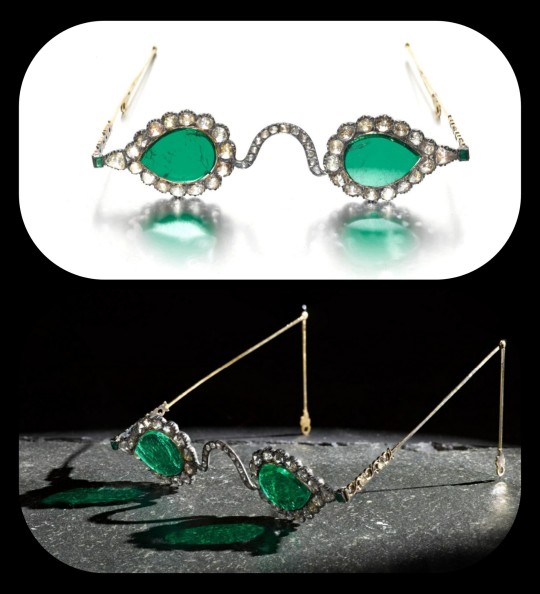
These eyeglasses are also known by the name "Astaneh-e ferdaws," meaning "Gate of Paradise," based on the symbolic associations between the color green and the concept of spiritual salvation/Paradise. That symbolism (which is rooted in Islamic tradition) was especially popular in Mughal-era India, where the spectacles were made.
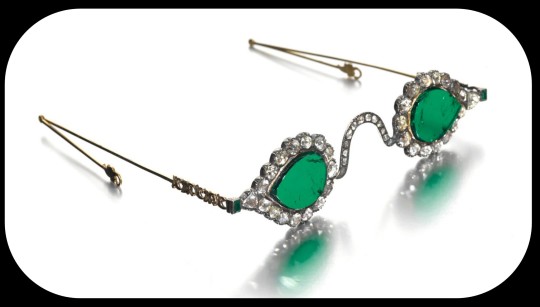
The lenses were crafted from two thin slices of the same emerald. Together, the lenses have a combined weight of about 27 carats, but given the precision, size, and shape of each lens, experts believe that the original emerald likely weighed in excess of 300 carats (more than sixty grams) before it was cleaved down in order to produce the lenses. The emerald was sourced from a mine in Muzo, Colombia, and it was then transported across the Atlantic by Spanish or Portuguese merchants.
Each lens is encircled by a series of rose-cut diamonds, which run along an ornate frame made of gold and silver. The diamond-studded frame was added in the 1890s, when the original prince-nez design was fitted with more modern frames.
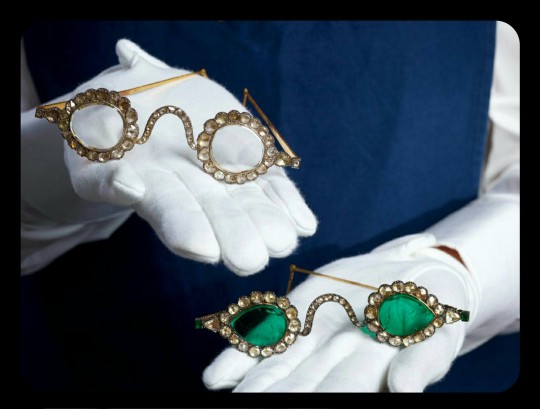
The emerald eyeglasses have long been paired with a second set of spectacles, and they were almost certainly commissioned by the same patron. This second pair is known as "Halqeh-e nur," or the "Halo of Light."
The Halo of Light features lenses that were made from slices of diamond. The diamond lenses were cleaved from a single stone, just like the emerald lenses, with the diamond itself being sourced from a mine in Southern India. It's estimated that the original, uncut diamond would have weighed about 200-300 carats, which would make it one of the largest uncut diamonds ever found.
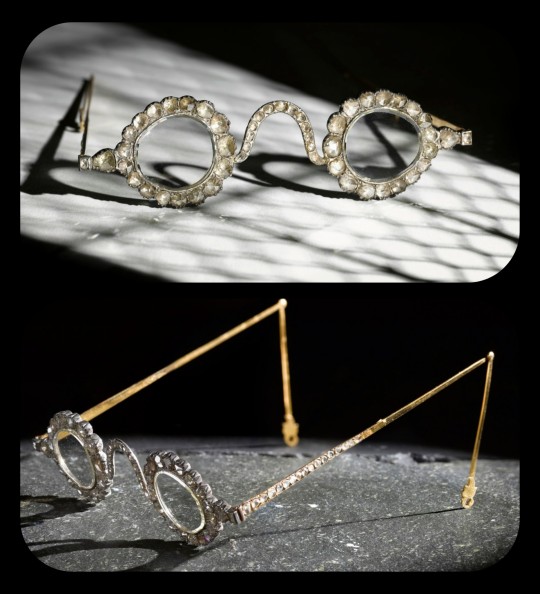
The lenses are so clear and so smoothly cut that it sometimes looks like they're not even there.
Both sets of spectacles date back to the mid-1600s, and it's generally believed that they were commissioned by a Mughal emperor or prince. The identity of that person is still a bit of a mystery, but it has been widely speculated that the patron was Shah Jahan -- the Mughal ruler who famously commissioned the Taj Mahal after the death of his wife, Mumtaz Mahal. Shah Jahan did rule as the Mughal emperor from about 1628 to 1658.
The emerald and diamond lenses may have been chosen for symbolic, sentimental, and/or cultural reasons, or they may have been chosen simply because they're pretty and extravagant; the original meaning and purpose behind the design is still unclear. Experts do believe that the eyeglasses were designed to be worn by someone, though.
At times, it was believed that the spectacles had spiritual properties, like the ability to promote healing, to ward off evil, to impart wisdom, and to bring the wearer closer to enlightenment. Those beliefs are largely based on the spiritual significance that emeralds and diamonds can have within certain Indic and Islamic traditions -- emeralds may be viewed as an emblem of Paradise, salvation, healing, cleansing, and eternal life, while diamonds are similarly associated with enlightenment, wisdom, celestial light, and mysticism.
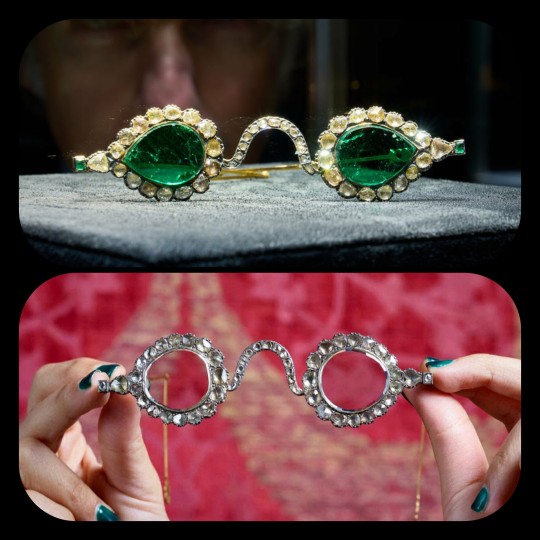
The Gate of Paradise and the Halo of Light were both kept in the collections of a wealthy Indian family until 1980, when they were sold to private collectors, and they were then put up for auction once again in 2021. They were most recently valued at about $2 million to $3.4 million per pair.
Sources & More Info:
Sotheby's: Mughal Spectacles
Architectural Digest of India: At Sotheby's auction, Mughal-era eyeglasses made of diamond and emerald create a stir
Only Natural Diamonds: Auspicious Sight & the Halqeh-e Nur Spectacles
The Royal Society Publishing: Cleaving the Halqeh-Ye Nur Diamonds
Gemological Institution of America: Two Antique Mughal Spectacles with Gemstone Lenses
Manuscript: From Satan's Crown to the Holy Grail: emeralds in myth, magic, and history
CNN: The $3.5 million Spectacles Said to Ward off Evil
BBC: Rare Mughal Era Spectacles to be Auctioned by Sotheby's
#history#archaeology#artifact#mughal#india#17th century#art#emerald#diamond#glasses#indian lore#islam#religion#mysticism#indian history#anthropology#spirituality#fashion
5K notes
·
View notes
Text
Okay now what's the deal with hating on kathak for its connection with mughal history.
You don't even know a thing about dance but you got to hate it mindlessly
#i love the sentiment of having pride for our own indian culture art and traditions but not at the cost of#bringing down other cultures especially islamic#like this girl was doing kathak and mostly these so called traditional men commented pakistan bhejo yahan nahi chalta yeh sab#the social media trend of tum sufi hum hanuman chalisa#this is making you look just purely dumb#choice sunne ki and unch nich dikhane mein farak hai bhaiya#fr i myself listen to bhajans and stotram which doesn't make me superior to those listening to sufi#zara social media ke changul se bahar niklo tum saala divide and rule abhi bhi chal raha hai#dni pls aise hi tumblr anon hate aata hai
117 notes
·
View notes
Text


Brass astrolabe, India, dated 1070 AH (1659-1660 AD)
from The British Museum
196 notes
·
View notes
Text

Jusuf and Zuleykha by Muhammad Nadir Samarqandi, 1630s; Mughal Indian art
43 notes
·
View notes
Text
For #NationalDolphinDay 🐬:
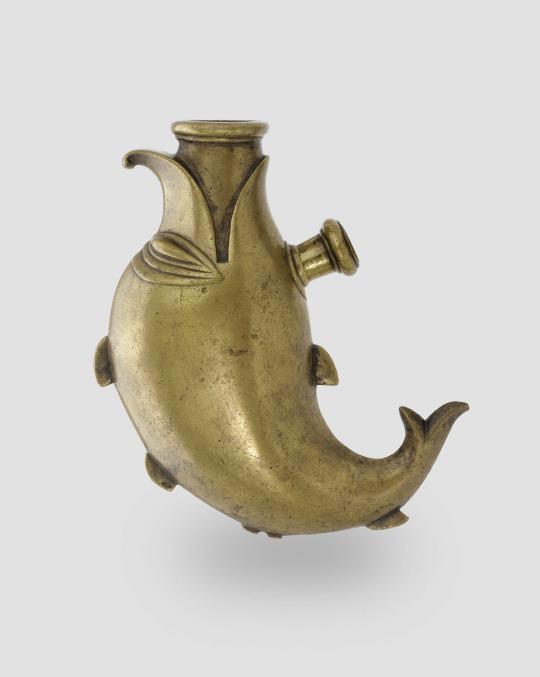
Hookah Base in the Shape of a Dolphin
Mughal India, 17th century
cast brass, 16.5 x 13cm
The Khalili Collections MTW 1500
“Smoking was introduced into the Mughal empire at the end of Akbar’s reign, when Asad Beg, one of his noblemen, brought tobacco and hookahs, or waterpipes, back from Bijapur in the Deccan. Asad Beg reported that tobacco was well known at Mecca and Medina and presented Akbar with a fine jewelled pipe with a mouthpiece of Yemeni carnelian. Although Akbar’s physician forbade him to smoke, the fashion for hookahs soon caught on and, as in Iran, various objects were adapted to hold the scented water through which the tobacco smoke passed. These included coconuts and various types of glass vessel, including bottles in which Dutch gin was exported, as well as spherical containers shaped like Indian waterpots [see MTW 1558]. These rested on rings or collars so that they stood upright. In addition, small hand-held hookah bases were made, some in the shape of mangoes or other fruit, or even in animal form and, as in this case, a dolphin.”
#animals in art#animal holiday#Islamic art#Mughal art#Indian art#South Asian art#Asian art#17th century art#brass#metalwork#hookah base#dolphin#National Dolphin Day#The Khalili Collections
16 notes
·
View notes
Text


From the Hamzanama. The prophet Elias (Elijah) rescuing Prince Nur ad-Dahr from drowning in a river. Lush forest in background and fish and sea creatures in foreground.
Mughal style, ca. 1564-1579 AD
British Museum
22 notes
·
View notes
Text
Hazratbal Masjid

Location: Indian-Occupied Jammu and Kashmir
This pristine, white marble mosque on the banks of the Dal lake in Srinagar is famous for containing a relic, the Moi-e-Muqaddas, believed by many to be a hair Prophet Muhammad (PBUH). The mosque’s name is derived from the Urdu word hazrat.
Source: Bayt AL Fann
#photography#art#architecture#mosques#masjids#masjid#islam#muslims#allah#allahisgreat#praise allah#prophet muhammed pbuh#prophet muhammad#quran kareem#holy quran#quran#prayer#jammu and kashmir#kashmir#indian hindus#india#occupation#persecution#religious persecution#islamophobic incidents#islamophobia#modi govt#modi government#narendra modi#pm modi
28 notes
·
View notes
Photo

Something about humanity just makes us want to make lamps shaped like birds and I, for one, appreciate that.
[ID: A metal oil lamp, made of a dark copper alloy that makes it look extremely heavy and antique. The lamp itself is a tray that serves as a base; atop this tray is a sculpture of a bird with an egg-shaped body, folded wings, an up-ticked little tail, a long neck, and a delicate head and beak. If you know what kind of bird this is sing out, because I’ve got no clue.]
38 notes
·
View notes
Text

"The Story of the Princess of the Blue Pavillion: The Youth of Rum Is Entertained in a Garden by a Fairy and her Maidens", Folio from a Khamsa (Quintet) of Amir Khusrau Dihlavi
Author Amir Khusrau Dihlavi (Indian)
Calligrapher Muhammad Husain Kashmiri (Indian)
Painting by Manohar
1597-98
2 notes
·
View notes
Photo
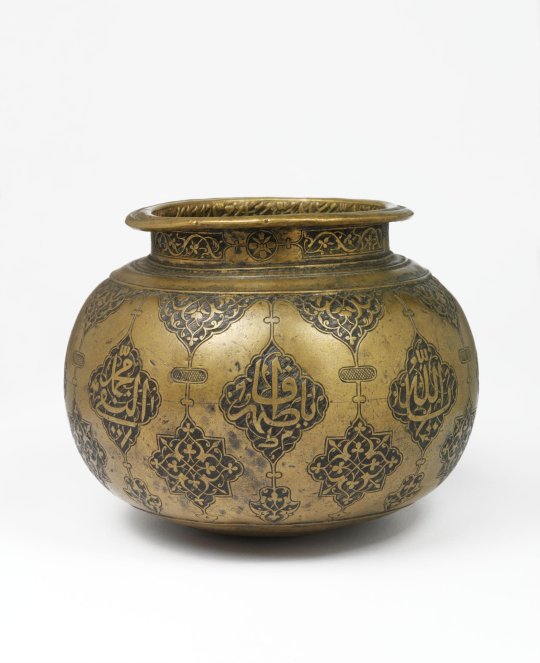

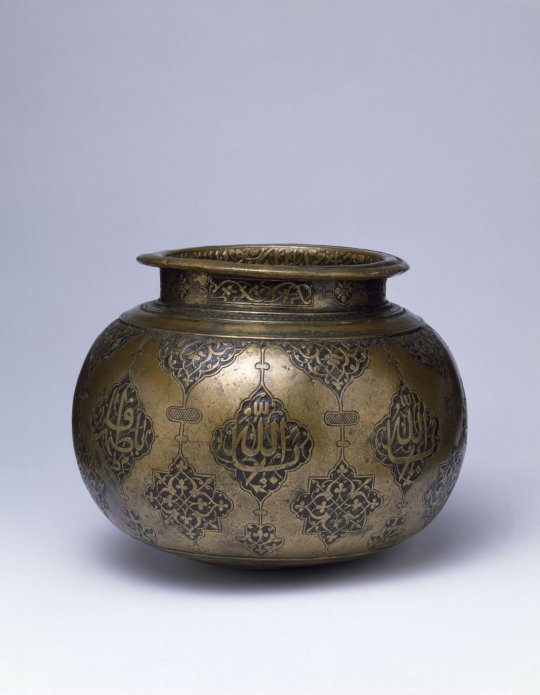
Water Vessel, ca. 1580-1600 (made)
Probably Lahore, Mughal Empire
Brass, cast and engraved
Diameter: 15.4cm, Height: 12.3cm
Brass vessel of compressed spherical form with short neck and everted rim. Cast with engraved decoration, the hatched ground filled with the black decoration. Mughal empire, c. 1580-1600.
All the inscriptions on this vase, both on the outside and covering the interior surface, are in a bold, finely engraved naskhi script. The outside bears invocations to the 'Panj ahl-e beyt', or 'five Members of the House of Muhammad' and the inside has Koranic suras. The vessel seems originally to have had a spout. It is one of the earliest examples of metal wares so far known to have a form strongly characteristic of the Indian subcontinent but combined with purely Iranian decoration. It was bought for six guineas (£6. 6s. 6d) from F. Headen Cope, Esqre, Principal of C. J. College, Lahore, and placed in the Metal Room in the museum, 15th July, 1889. This acquisition information reflects that found in the Museum records (Asia Department registers and/or Central Inventory) as part of a 2023 provenance research project.
This water vessel was made within the Mughal empire, probably between about 1580 and 1600. All the inscriptions on the outer and inner surfaces are in a bold, finely engraved naskh. The outside bears invocations to the Panj Ahl-e Beyt, or 'Five Members of the House' of the Prophet Muhammad, and the inside Koranic verses. The decoration is based on Safavid designs of the period of Shah Tahmasp of Iran, but the form is characteristic of the Indian subcontinent. Collection of the Victoria & Albert Museum
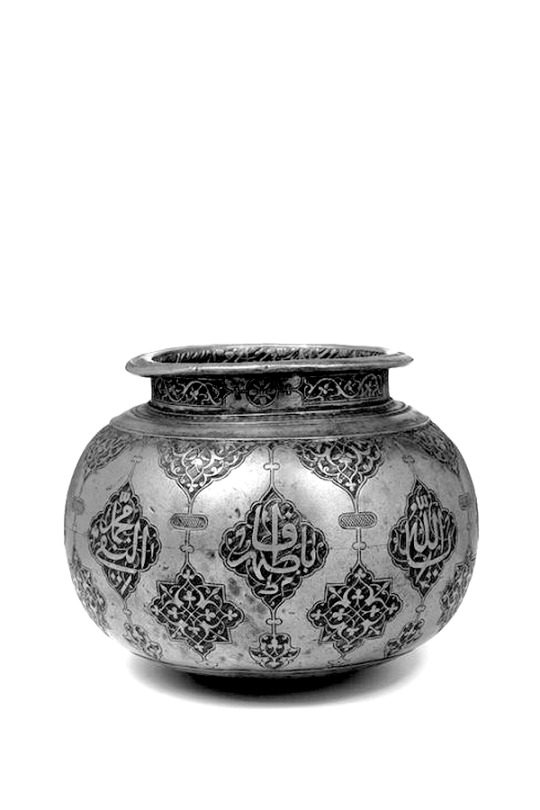
#islamic#art#mughal empire#indian#art history#victoria and albert museum#metal#brass#pattern#design#religion#calligraphy#engraving#16th century
162 notes
·
View notes
Text
Pak not naming PM Modi after polls
New Delhi: Pakistan today said it wants sincere and “cooperative relations” with all its neighbours, including India, and resolves disputes through dialogue. External Affairs Ministry spokesperson Mumtaz Zahra Baloch said this a day before Prime Minister Narendra Modi was sworn in for a third consecutive term. Prime Minister Modi-led National Democratic Alliance won 293 seats in the Lok Sabha…

View On WordPress
#ad#add#Air#al#Alliance#art#ash#ATS#Center#citizens#Comment#congratulate#day#Delhi#dem#dr#Election#election results#elections#form#government#ha#he#his#INC#including#India#Indian#Islam#issue
0 notes
Text
Background with seamless pattern in islamic or indian style
Background with seamless pattern in islamic or indian style
Seamless Islamic and Indian Patterns: A Tapestry of Cultural Beauty In this captivating collection of vector backgrounds, we step into a world where geometry and tradition intertwine — a canvas of intricate patterns that evoke the rich heritage of Islamic and Indian art. These seamless designs hold both aesthetic and cultural significance. Let’s explore the details of these vibrant…

View On WordPress
#design#Elegance#geometry#Harmony#Indian motifs#Islamic art#seamlessness#Textiles#tradition intertwine#visual narratives
0 notes
Text
Fatehpur Sikri: Mughal grandeur on ancient red sandstone.

Step into history at Fatehpur Sikri, the “Mughal walled city” the glorious historical "city of victory," a UNESCO World Heritage site. Built by Mughal Emperor Akbar in the 16th century, it showcases Indo-Islamic art and design. Roam the well-preserved walled city and immerse yourself in an era that shaped India's cultural landscape.
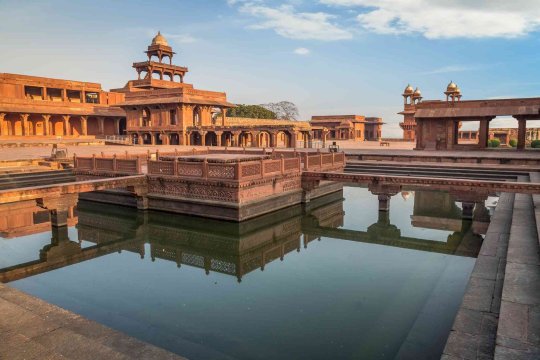

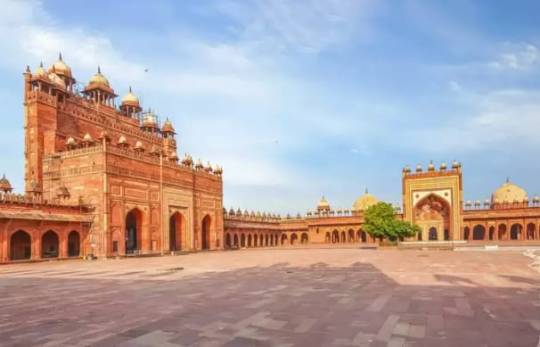
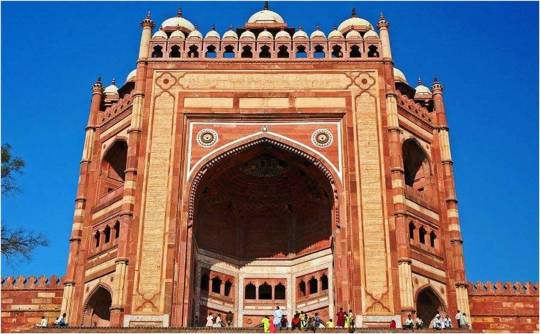
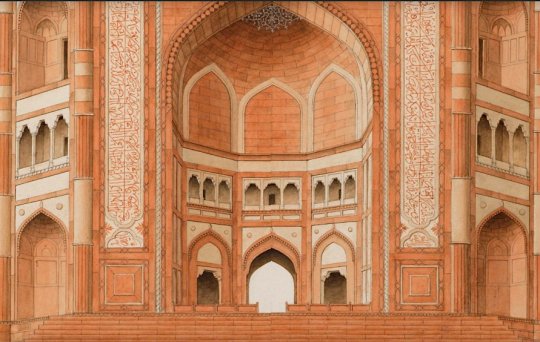
Embark on a journey to discover the true essence of India with us. As one of the prime destinations for Halal-friendly travelers, India is adorned with a myriad of mesmerizing Halal-friendly travel destinations.

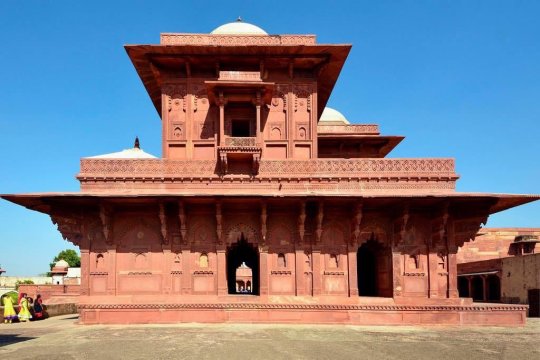
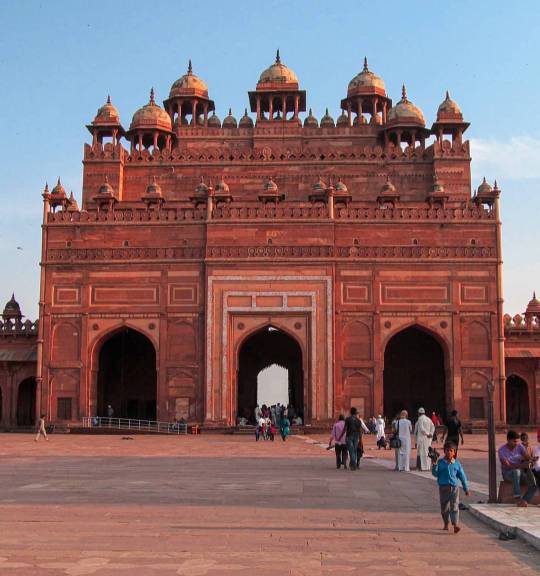
#halaltrip#halal travel#culture#architecture#today on tumblr#islamic#muslim tours#halal friendly travel#india#taj mahal#unesco#world heritage#islamic architecture#islamic heritage#islamic art#mughal architecture#mughal art#history#indian heritage#tmbgposting#tmblr pic#tmblrr#artists on tmblr#tmblrgirl#tumblr post plus
1 note
·
View note
Text
Nida Manzoor on 'Polite Society' and Breaking Barriers for South Asian and Muslim Women
In anticipation of Nida Manzoor’s thrilling masterpiece Polite Society, premiering this weekend, we speak with the writer/director herself about her career and the messages she aims to convey with her debut feature film. Continue reading Untitled

View On WordPress
#Desi#Focus Features#Indian#Interview#Iraq#Iraqi#Islam#Jackie Chan#martial arts#Muslim#Nida Manzoor#Nimra Bucha#Pakistani#Polite Society#Priya Kansara#Ritu Arya#South Asian#Umbrella Academy#Universal Pictures#We Are Lady Parts#YouTube
0 notes
Text
#FantasyFriday anyone? Check out this amazing 17th c. Mughal miniature painting!
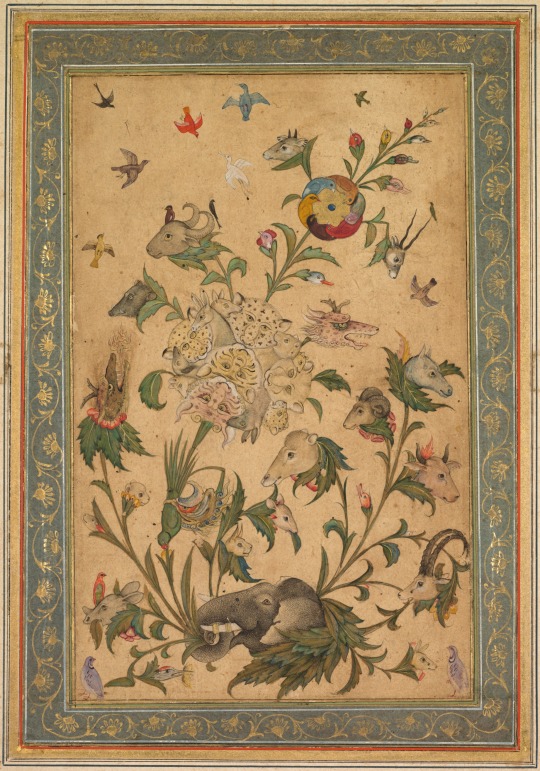

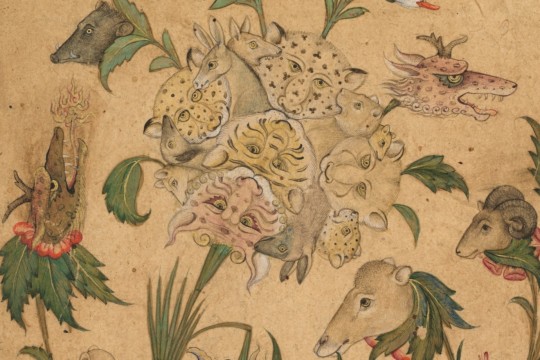
A floral fantasy of animals & birds (Waq-waq) early 1600s India, Mughal Gum tempera & gold on paper 37.6 x 26.6 cm (14 13/16 x 10 1/2 in.) Cleveland Museum of Art
"Derived ultimately from a conflation of medieval Persian and Qur'anic sources, including descriptions of the mythical island of Waq-waq inhabited by half-plant/half-animal creatures, this extraordinary painting depicts a plant that brings forth animal life in multiple forms. Playfully rendered with animals both real and mythic and birds that seem to effervesce away as they break free of the stems, this brilliant rendition of a life-giving plant maintains its compositional integrity, even as it sprawls across the page. This painting was made to beguile courtly connoisseurs who would gather to admire the wondrous images in an imperial album."
#Indian art#Mughal art#Islamic art#animals in art#birds in art#mammals#birds#dragons#mythical creatures#hybrid creatures#plants#painting#miniature painting#South Asian art#Asian art#17th century art#Cleveland Museum of Art#Waq-waq#Fantasy Friday
46 notes
·
View notes
Text

Portrait of Nawab Nadeem al-Dukhaan
18th century Murshidabad, India
British Museum
5 notes
·
View notes